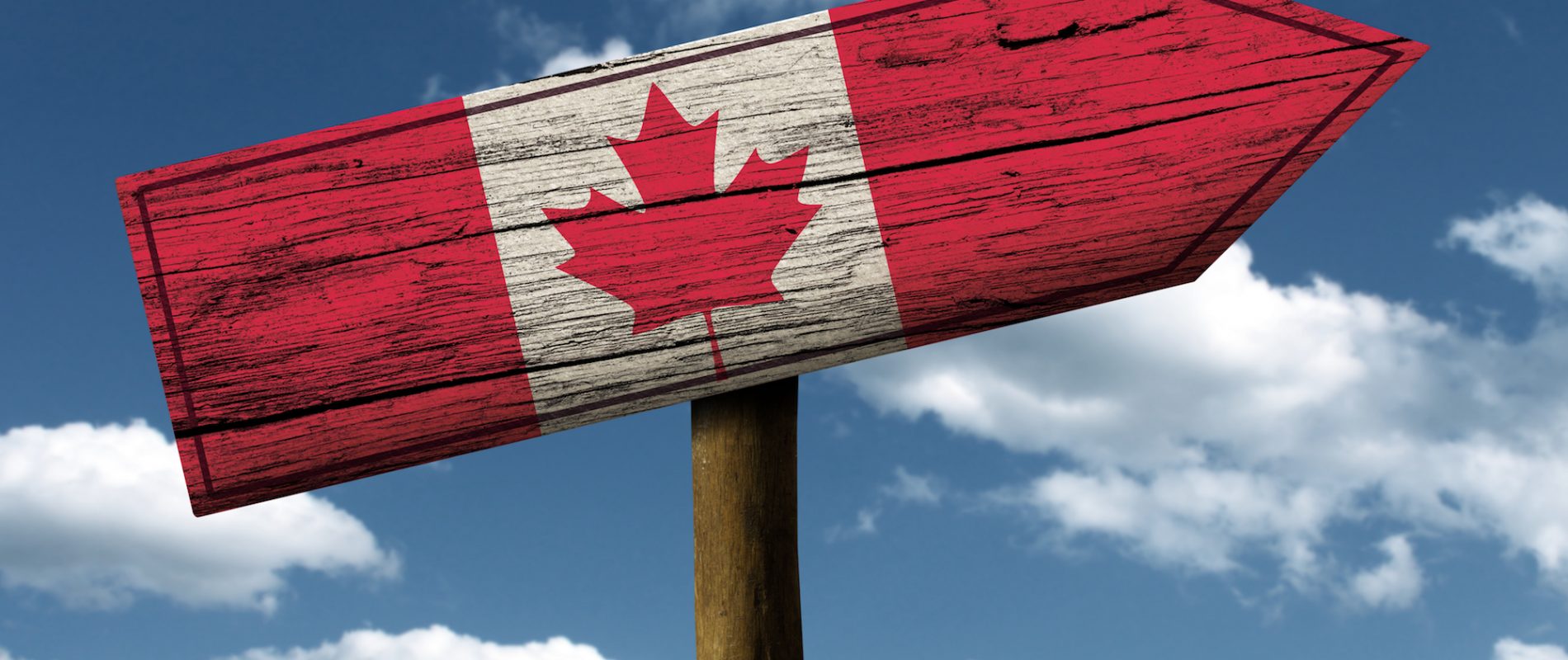Table of contents
- Chapter 1: How to choose your first destination
- Chapter 2: Get the best airfare deal
- Chapter 3: Buy the right health insurance coverage
- Chapter 4: Notify your home bank and start researching Canadian banks
- Chapter 5: Budget wisely
- Chapter 6: Decide how to carry/transfer money
- Chapter 7: Book accommodation (hostel, bed and breakfast, hotel, etc.)
- Chapter 8: Gather all the documents you need to show upon arriving in Canada
- Chapter 9: Get a medical checkup
- Chapter 10: Final steps: Cancel services, notify government agencies, get an IDP, etc.
Before you leave home, you should inform your bank about your upcoming trip (via online banking or by making an appointment at your local branch). We cover the information you need to discuss with them in Notifying your bank of your trip.
You can also start looking at the bank account you want to open in Canada. As we detail in Opening a bank account in Canada, you can begin the process from abroad.





















0 comments
{{like.username}}
Loading...
Load more